How to care for your Betta splendens aka the Siamese Fighter Fish.
The male betta fish (Betta splendens), is a fish of the gourami family and is sometimes known as the Siamese fighting fish or simply betta. The betta fish live in slow-moving waters in Thailand, Cambodia and Vietnam - but we'll get to that later on. This male betta has beautiful colours which are displayed in many different patterns across their entire body.
Adult male bettas are just under 3 inches long (8cm) and females are slightly smaller at around 2.5 inches (6-7cm). Their lifespan is about two to three years, but the males' tend to be a little shorter as they have a tendency to fight by biting each other on the fins. When we keep these fish, it is never the desire of the fishkeeper to allow two males to fight. This is why male bettas are the only ones we keep in captivity - so they don't get too stressed and can live their lives happily.
The betta fish is known as labyrinth fish, which means they can breathe atmospheric oxygen at any time, even when they swim to the surface to take a gulp of air from above the water. This ability allows them to remain in stagnant water, such as rice paddies, where oxygen levels are low. However, because of this interesting fact, the betta fish can survive in many water conditions as long as they have access to the surface at all times. The ideal pH range is between 6.8 & 7.5 with a temperature between 24-27 degrees celsius

Males tend to be more colourful than females - their fins are longer and are adorned with striking colours. Since entering the aquarium trade, commercial breeders have established many different strains of colours and even the shapes of their fins which would not be found in nature. These are purely a result of selective breeding and nothing artificial is involved.
A male Betta splendens usually does not require any other tankmates as they are aggressive to other male bettas and quite often females. It is always recommended that you house a male Betta in their own aquarium. Now you might think keeping a single
fish in an aquarium is a little bit odd but let me tell you, these cheeky little fish have a lot of personalities and do like to interact with their owners on a daily basis. Betta owners worldwide speak about how much of a 'pet' these fish are compared to other tropical fish of their size.
The base colour of most bettas is usually red. This is because they have large amounts of carotenoids that give the males their intense colours. Females, however, lack these carotenoids and instead are coloured much less vibrantly than the male (although not as dull-looking as other fish).
When male bettas are ready to breed, their colours will become intensified and even more vibrant as they begin to puff out their fins in a display, not unlike the peacock. When the male is flaring, it usually means he will begin to try and court a female. The male will attempt to get the female's attention by facing her and fanning his fins widely. If she sees him flaring and is ready to breed, she will flare back in response signifying that she is interested. By now the male will have built a nest on the surface of the water using bubbles, with the intent of housing the fertilised eggs. Both fish will embrace for a period of time in which the eggs are fertilised and released into the water. The male will then catch each egg and place them in the bubble nest until they hatch. the fry is then cared for by the male until the young, until they are old enough to be on their own.

The Siamese fighter fish (Betta splenden) is an extremely popular aquarium pet, and it has proven to be especially successful in recent years with betta shows becoming a popular and exciting event on many aquarists calendars around the world.
This species can be housed in an aquarium or 'betta tank' as small as a 5 gallon tank. A larger aquarium would give you more flexibility when it comes to adding suitable tankmates. Lighting requirements are low to moderate, with the addition of floating plants to provide shade are beneficial. Decorate the aquarium sparsely with driftwood and some smooth rocks in order to mimic their natural environment. Due to their calm nature, it is very common to see a single Betta enjoying living in beautifully planted aquariums. With these simple elements in place, your betta fish tank setup is complete
It is also very common for the betta fish to be housed in community aquariums with other species of peaceful fish. Ideal tank mates should not be known 'fin nippers' like Tiger barbs, to avoid damaging those gorgeous decorative fins. The following species would work in a community setting.
• Kuhli Loaches
• Corydoras Catfish
• Neon Tetras
• Ember Tetras
• Female Guppies - Male Fancy guppies are not advised.
• Bristlenose Pleco (or similar)
There are other community fish of similar sizes and temperaments to the Betta that are suitable but do remember to keep one male per aquarium. Always pay attention to the size of your aquarium and the potential adult size of any fish before purchasing and adding them to your aquariums. In addition to that, only combine fish that are suited for the same water conditions, remembering your Betta does not like a lot of flow and as such any new fishes should be ok with this too.
What your betta fish eat is a crucial part of the success of the aquarium, and as such Betta splendens require a diet that contains protein. This can be easily been achieved with live food. Bloodworm and brine shrimp tends to work really well as it has a high protein content but make sure to vary what you feed them, this will ensure they get a varied and healthy diet. There are many dried foods specifically formulated with the Betta splendens in mind. Some also contain highly effective natural colour enhancers to make sure your fish reaches its potential.
The diet of your Betta splendens can vary depending upon what you want to achieve. If you are keeping them in community tanks then live food is an excellent diet for your fish but make sure the tank mates are also fed on this diet. If kept in a community aquarium, consider target feeding your betta fish with tweezers to help make sure they get their fair share of each meal.
If you are keeping your Betta splendens in a separate aquarium away from other fish, then pellet food is the ideal diet. Pellet food can be enriched with natural colour enhancers to really show the true colours of the Betta splendens.
Be careful when choosing a diet for your Siamese fighter fish. The wrong diet can have disastrous effects on your fishes health. An example of this is Dropsy - an illness that can be prevented by ensuring your Bettas diet includes Vitamin C.
The diet of your Betta splendens should include both vegetables and meaty food. Feeding your fish pellets will ensure they are getting all the nutrients they require to be healthy. if you are paying attention when feeding your betta fish, you will see which foods they enjoy and which foods are rejected. To avoid their water conditions deteriorating, remove any foods they do not eat straight away.
Food is a key factor in the relationship formed between the fishkeeper and Betta fish. I have not achieved this personally, however, I have witnessed on many occasions, betta fish being trained to perform small tricks in return for their favourite food as a reward. Such tricks have included jumping through hoops above the water.
As far as fish go, the Betta splendens is a great fish that can be enjoyed by fishkeepers of all levels of experience. After a little bit of research, one can learn enough to provide a healthy and happy home for many years with many fishkeepers giving their beloved betta fish names and becoming quite attached to them over the years. The fact that this year's Fish Wars champion is the Betta splendens says it all really.
Have a look at our range of betta supplies here

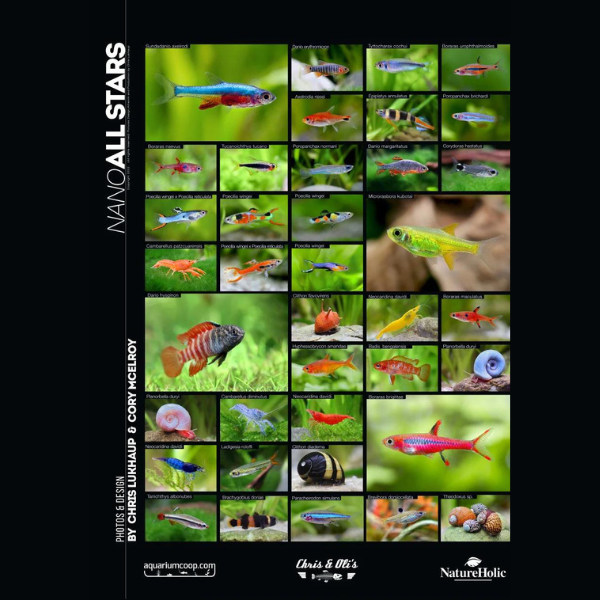
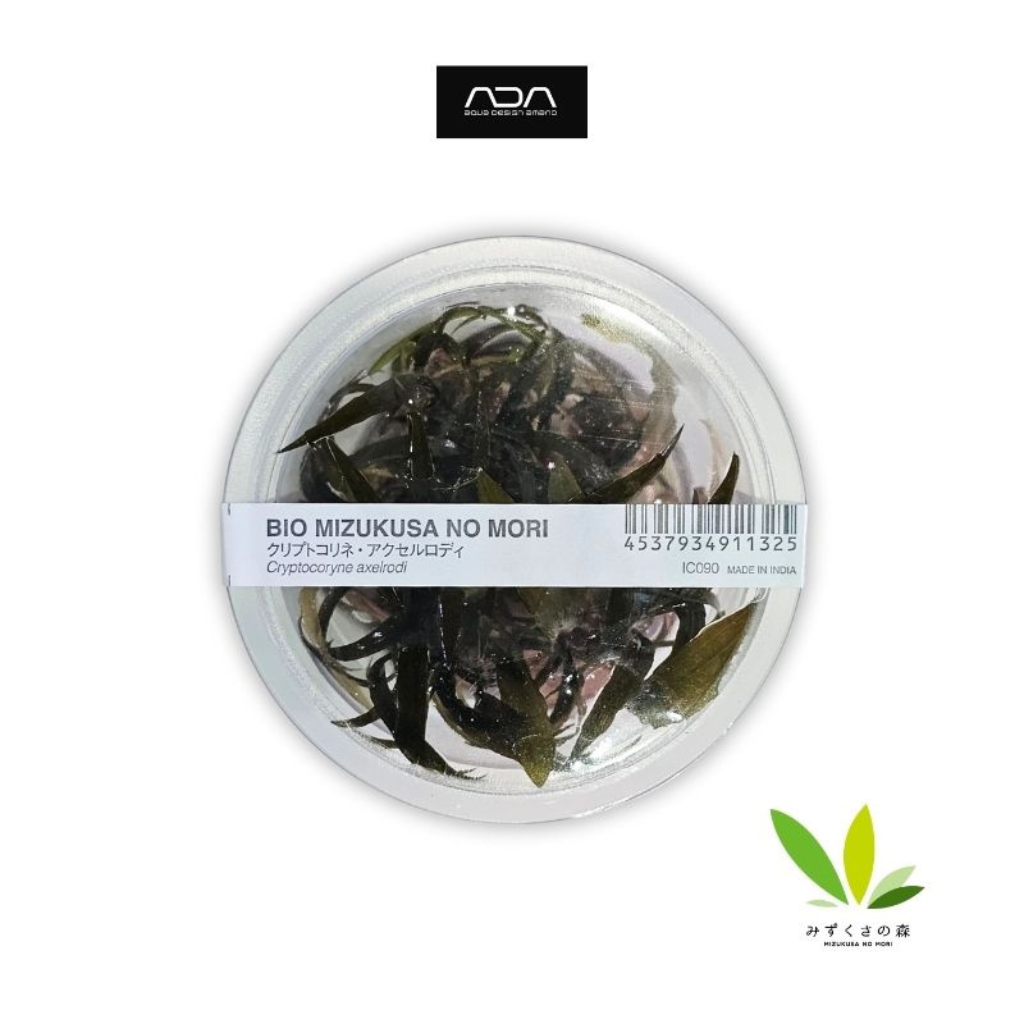
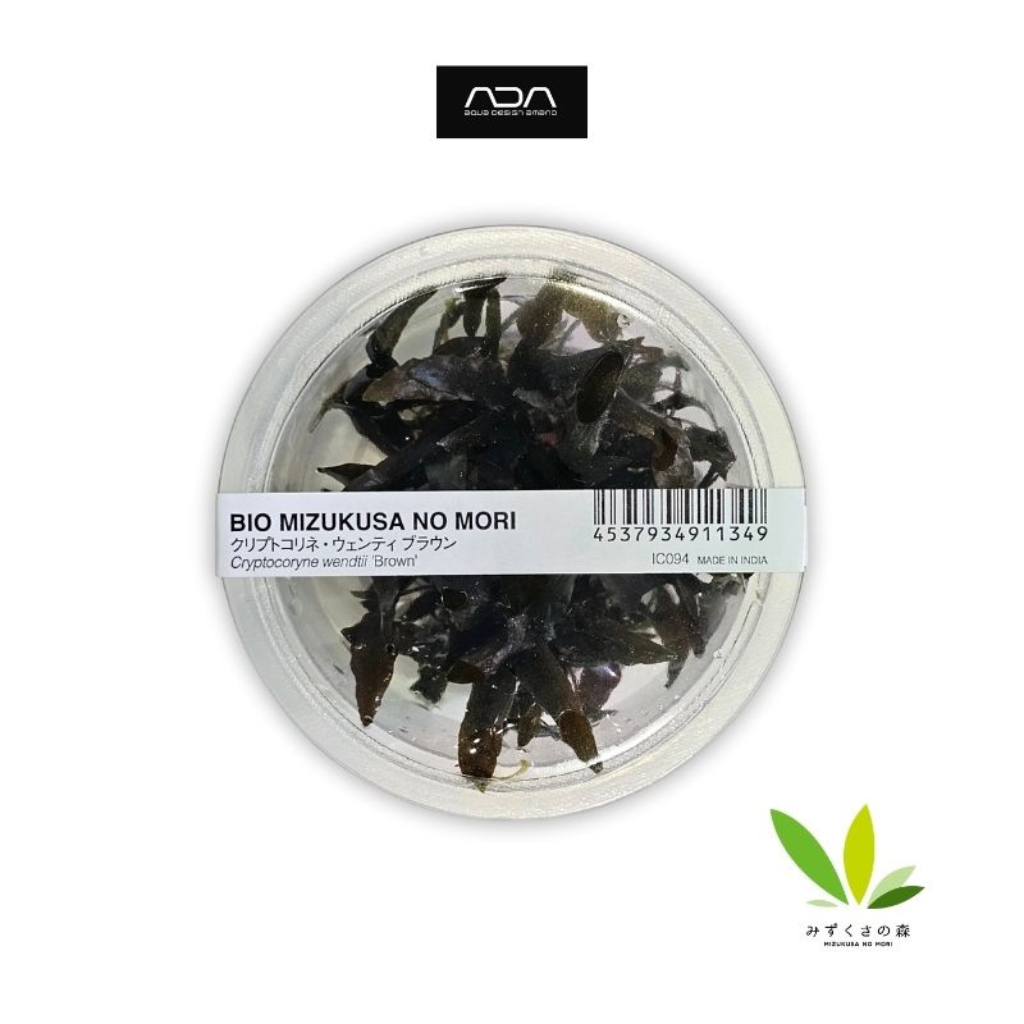
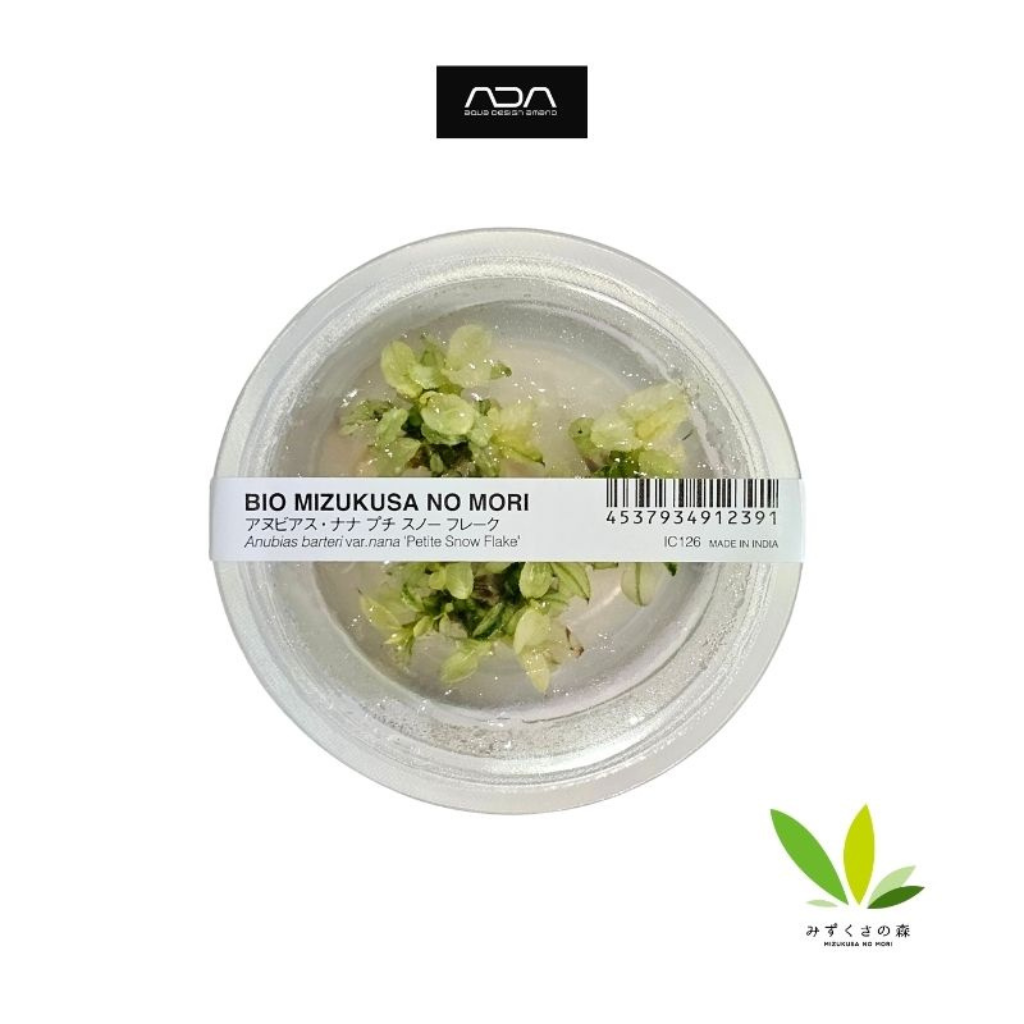

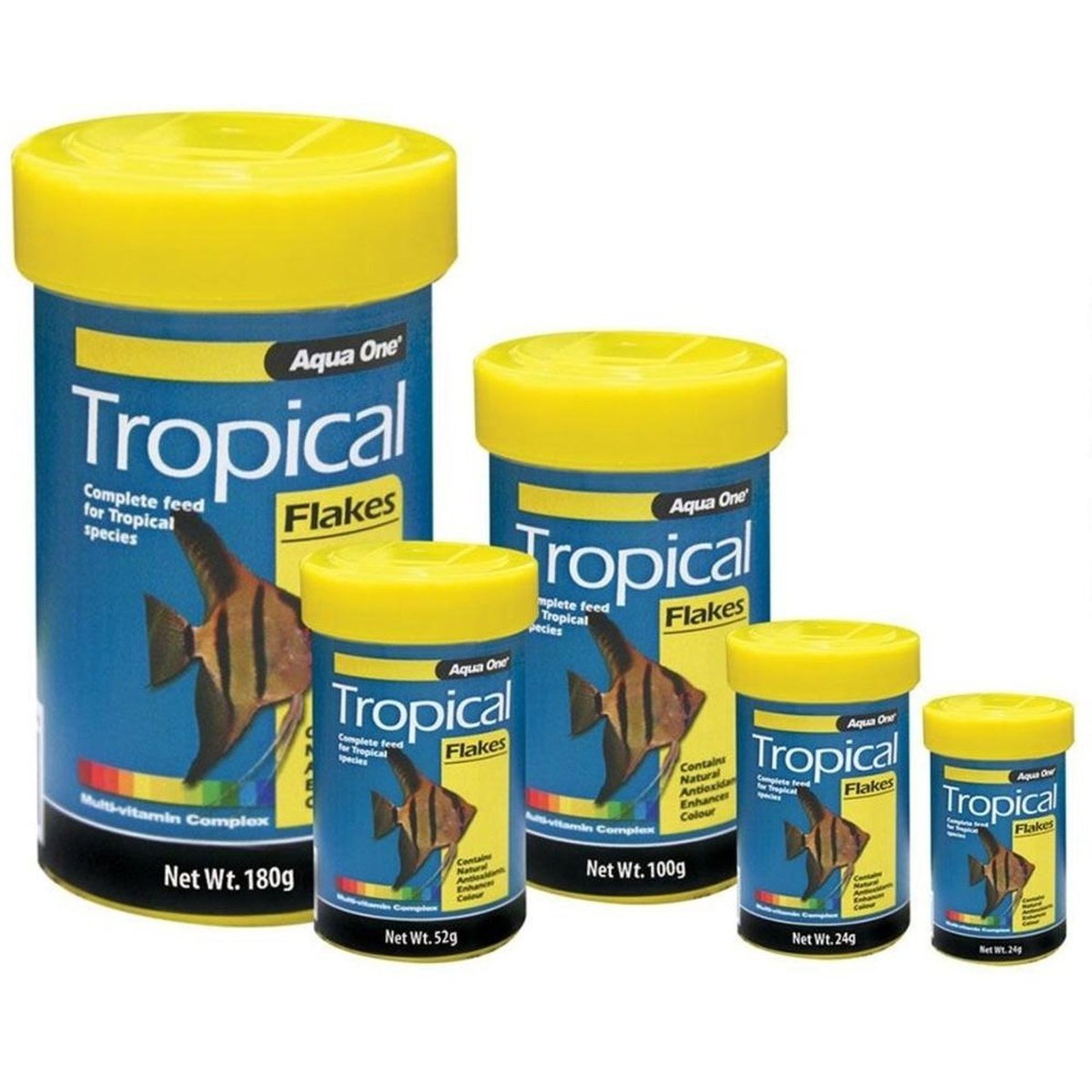
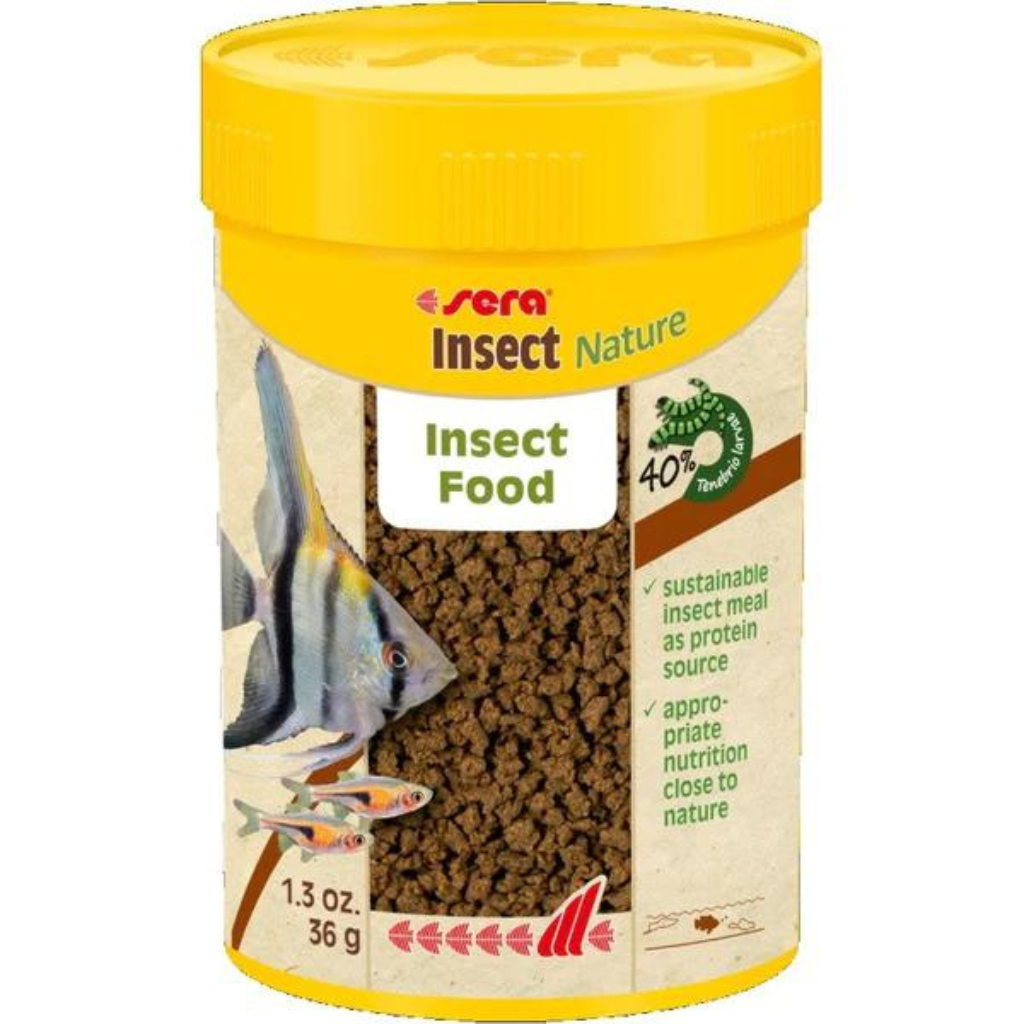






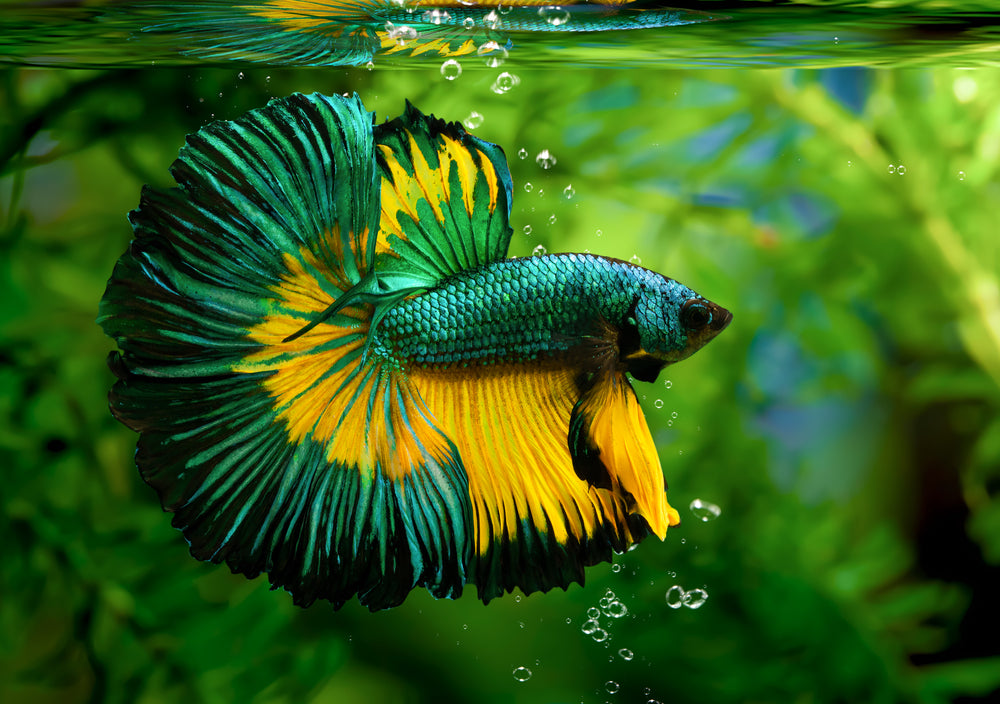
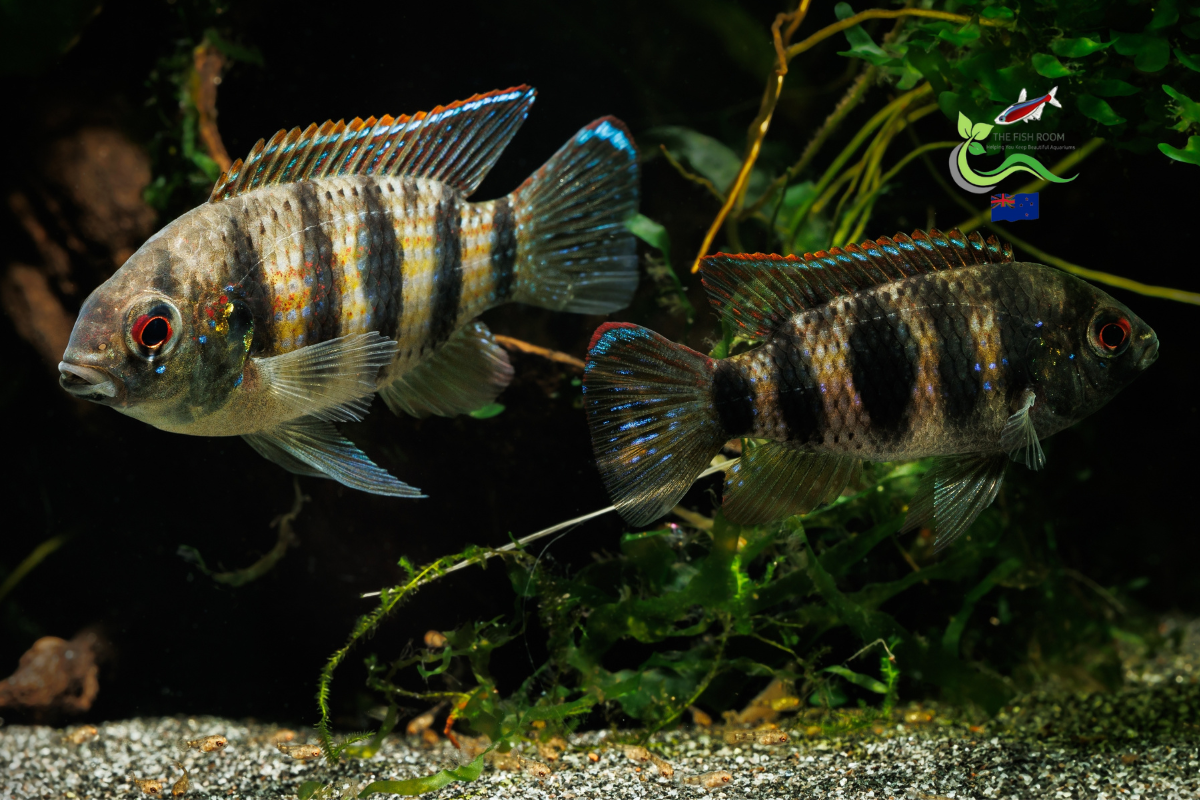
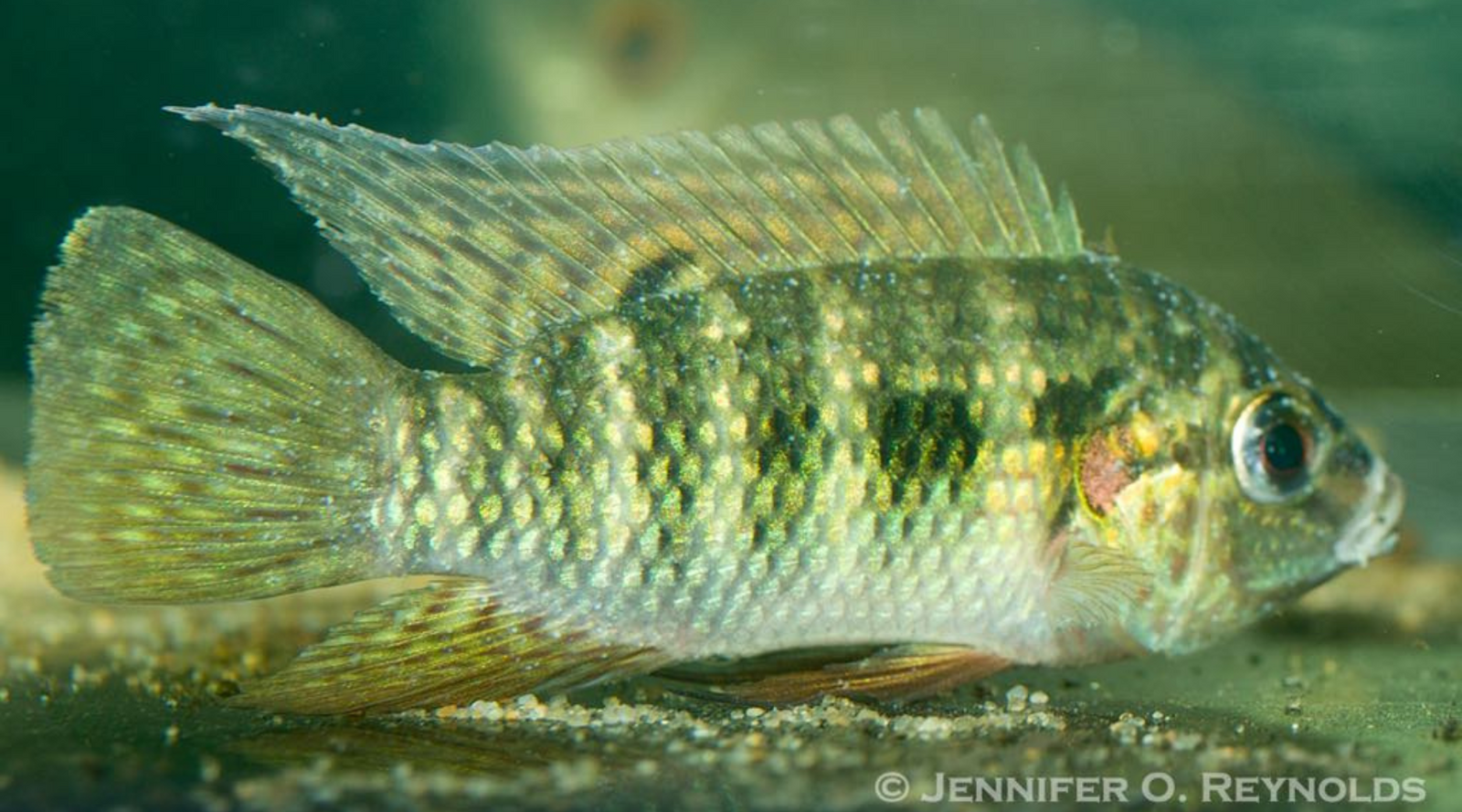
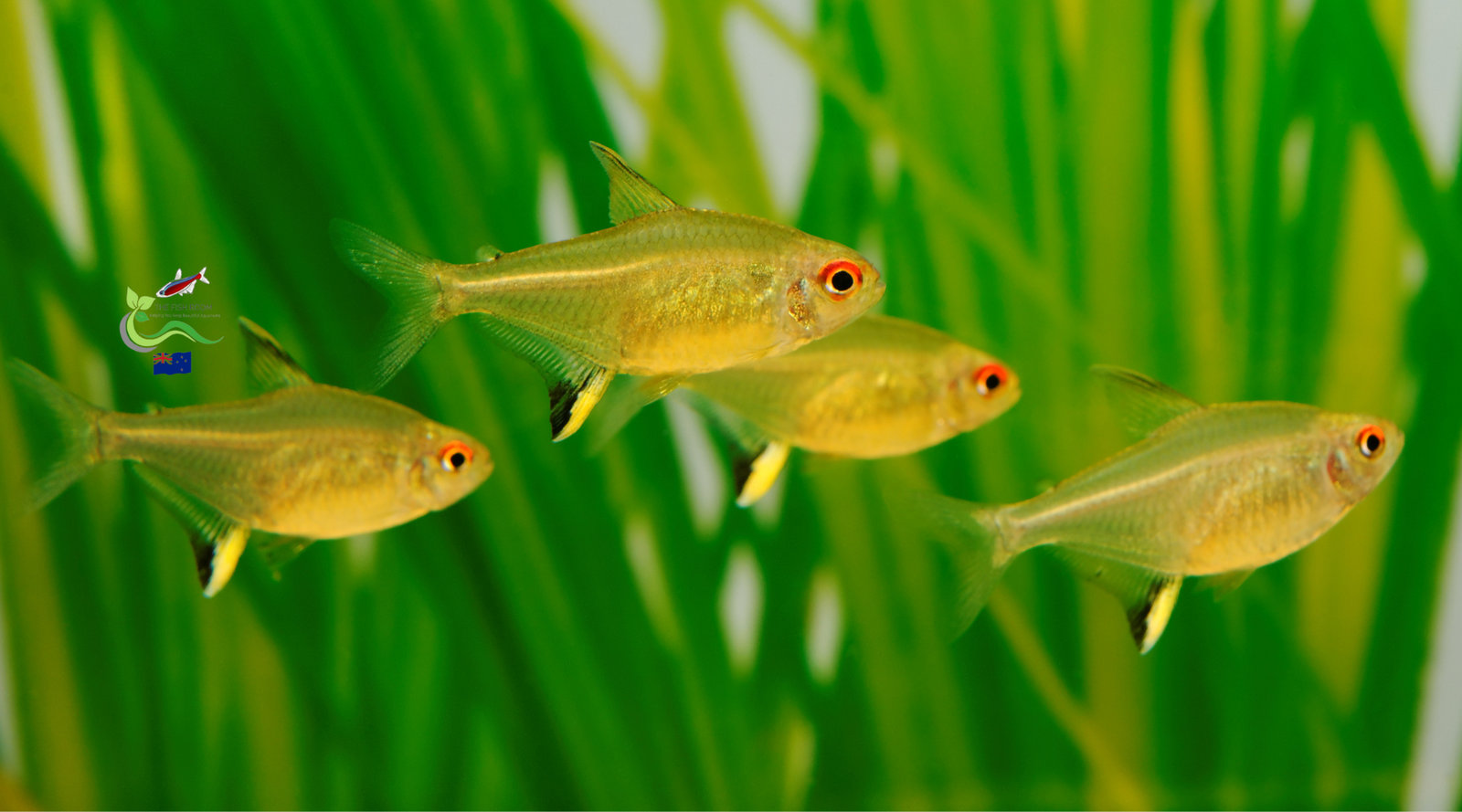
Arnav Sharma
July 07, 2024
Hi,
I’m a vegetarian thus can’t feed him live food. I keep my betta with other companions. I feed him pellets n he likes them. But when i keep my finger close to the glass, near him, he runs away, is it because he is scared?
It has been 3 months since I have had the tank too. So, is it just to early right now to get my finger close to him?